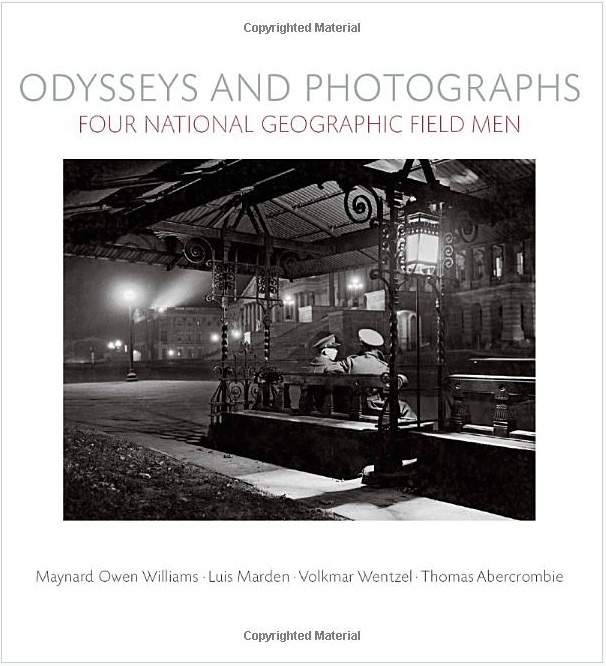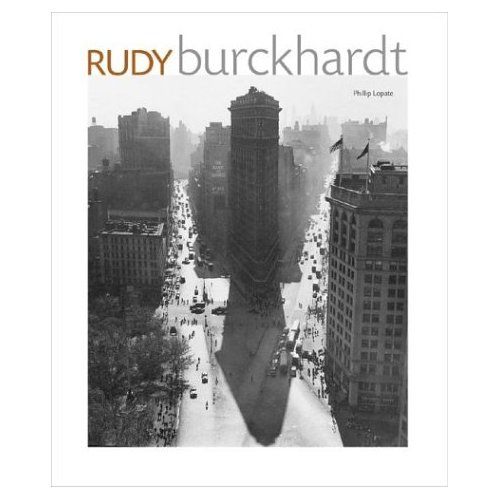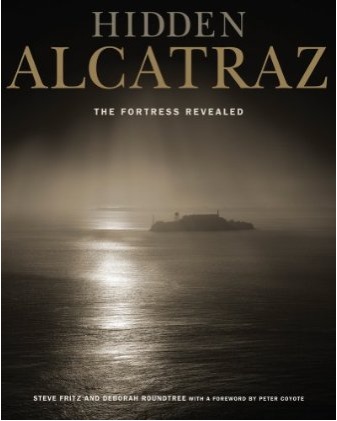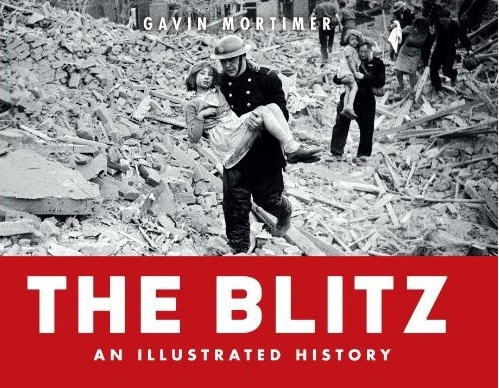Book review.

Click for the Amazon listing.
This book profiles four famous National Geographic photographers spanning the transition from large format glass plates to 35mm Leica Kodachromes. The sense of arduous discovery, the difficulty and danger of the expeditions these men undertook and the unstinting commitment of the National Geographic Society to exposing its readership to the unknown is hard to convey.
The men profiled – Maynard Owen Williams, Luis Marden, Volkmar Wentzel and Thomas Abercrombie – are all exceptional. Whether polyglots, great writers (true photjournalists), technologists (Marden was an expert pilot and scuba diver) or humanitarians (Abercrombie became a Muslim, so committed was he to the Arabic way of life from his travels), all were superb photographers.
There are many fascinating tidbits here, such as NG’s reluctance to take Marden’s Leica negatives seriously. Then Kodachrome came along and all that changed.
But the prevailing memory from reading this beautifully printed book is of the photographs, never less than special, often breathtaking.
You can pay up at Amazon for this $40 tome or get one from Edward R Hamilton, as I did, for all of $3.95. I order books there by the dozen and whether you buy one or a hundred, shipping is $3.95. That’s quite a bargain had you tried to lift the last delivery into your home as I did. I’m going to need the money saved on shipping to pay the chiropractor.
The economics of art books continue to leave me befuddled. Why would anyone want to lose so much money? Thank goodness they do, though, as it makes for an inexpensive library.



